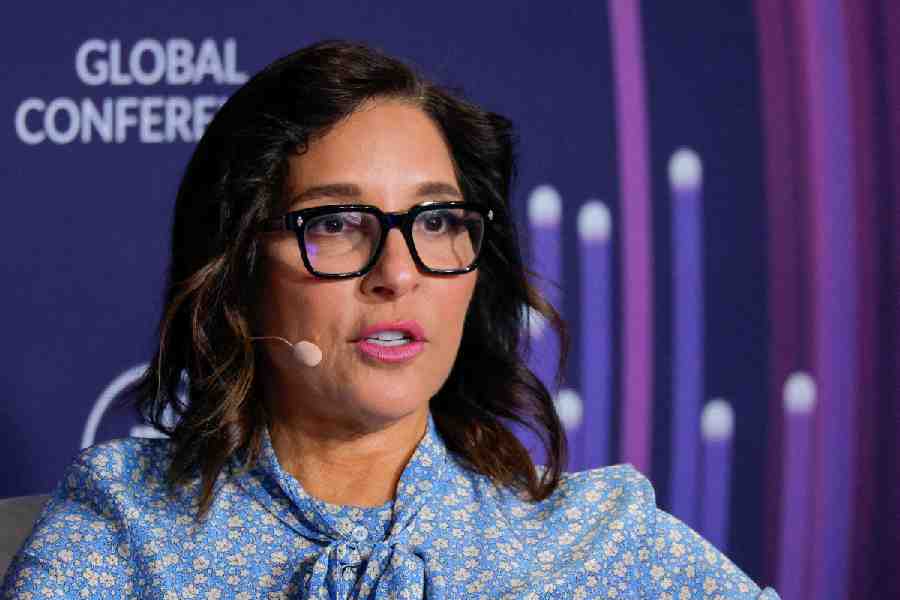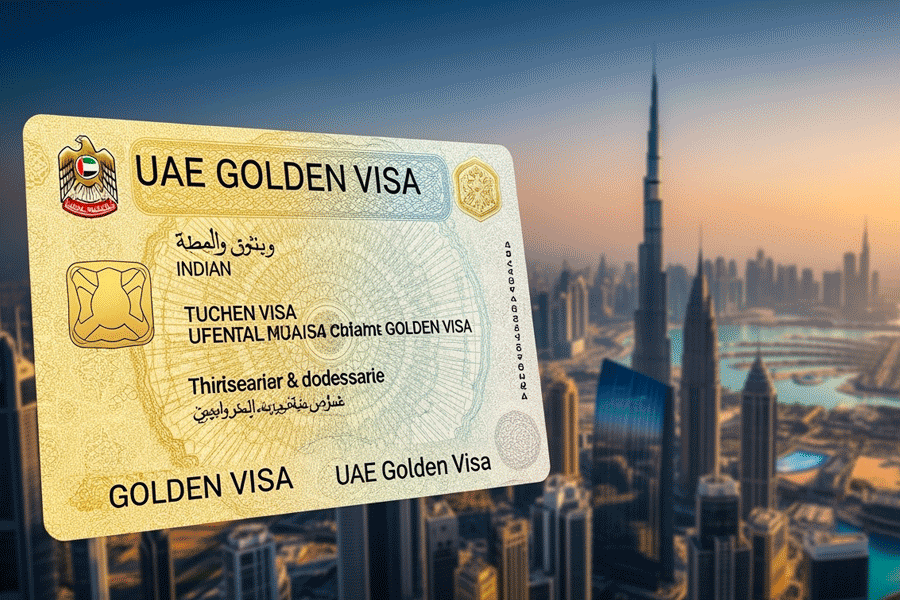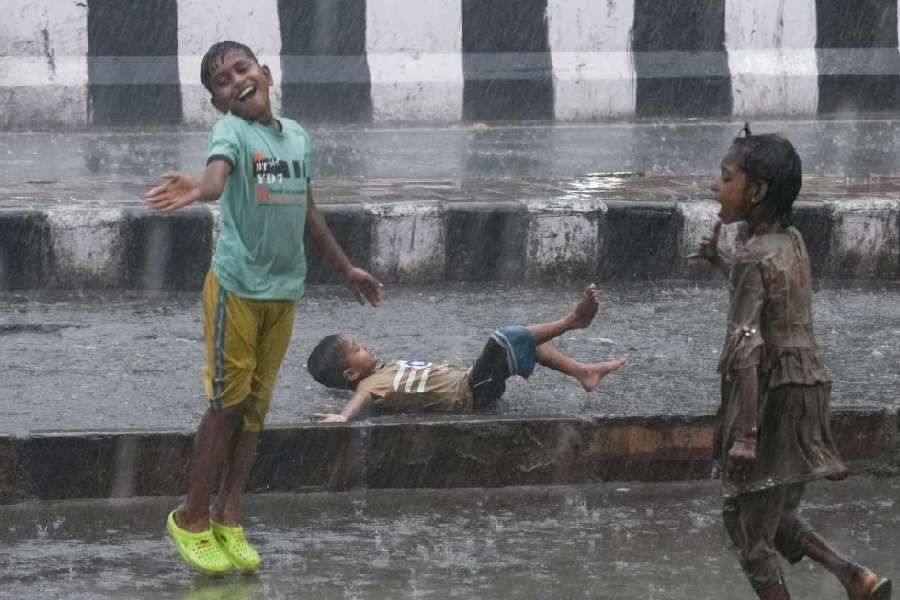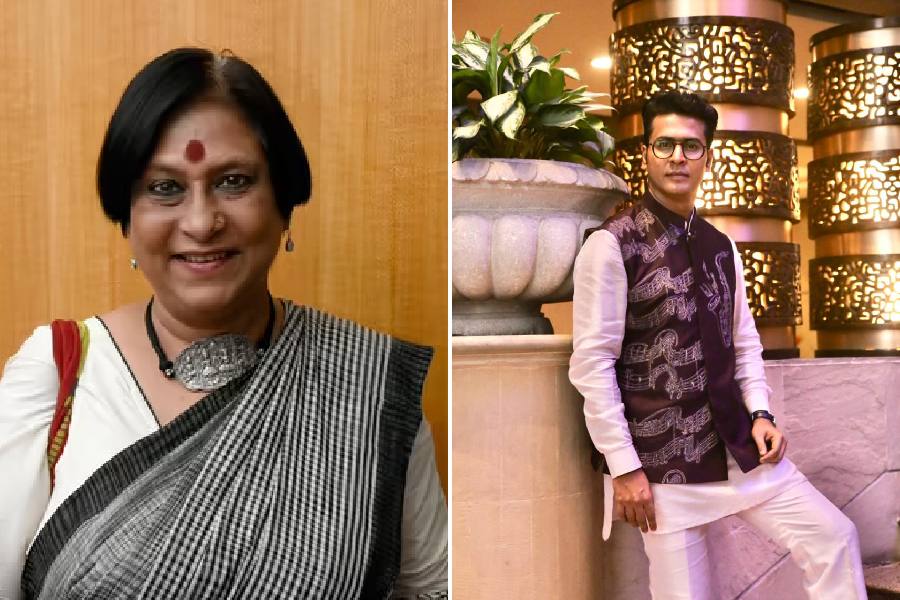One could call it a case of diminishing returns for Presidency College.
Of the three government-appointed bodies — two commissions and a committee — that looked into the question of granting autonomy to Presidency, the latest one has had the coldest feet.
From the Bhabatosh Datta commission in 1981 and the next chaired by Ashok Mitra in 1991 to the latest comprising Bimal Jalan and six others, the experts seem to have be- come increasingly lukewarm about freeing the college from the shackles of the government and Calcutta University, both controlled by the CPM.
The changed opinion of one expert exemplifies the trend. As a member of the Datta commission, Barun De, then director of the Centre for Studies in Social Sciences, thought that autonomy was good and necessary for Presidency.
Twenty-six years later, he was again a member of the committee set up by the Buddhadeb Bhattacharjee government to exclusively look into the issue of autonomy for Presidency. But he now had a change of heart on the matter. Going by the last committee’s report, he had no problem with Presidency staying fettered to the government and to CU — with only some financial and administrative freedom as a face-saver.
Unlike the latest panel that suggested financial and administrative autonomy for the college but left little scope for its academic freedom, the Datta commission recommended no half-measures. Its suggestion that “immediate steps be taken for giving the autonomous status to Presidency College” had no strings attached to it.
Significantly, the commission answered the CPM’s pet argument against autonomy for Presidency — without, of course, naming the party. The main argument against autonomous colleges, it said, is that they are based on an “elitist philosophy”.
“If elitism means not better education for a particular social class…”, it argued, “but better education for those deserving it, irrespective of their social and financial limitations, then the whole university education is elitist in a country where more than 20 per cent of the child population has still to be brought to the primary schools and where some 64 per cent of the adult population is illiterate.”
The most important ques- tion to the commission was whether the country required “good physicists, chemists, technologists, social scientists and others”.
Standing the CPM’s “anti-elitist” education thesis on its head, the commission said: “This policy of select institutions for select students is strictly followed in all socialist countries.” It held that the “need for centres of excellence is undisputable”.
True, even the Datta commission retained a role for the government — to assure adequate funds for autonomous colleges. It did not recommend that the college be completely delinked from the government. But the emphasis was on the college having a “substantial measure of autonomy in regard to the selection of teaching staff”.
The crux, the commission made it clear, was the college’s freedom to appoint teachers.
Datta was no champion of full-throated reforms and competition, either in economy or in education. He, like most economists of his generation, was a state-ist. Even so, he had no hesitation in advocating true freedom for Presidency.
De apparently thought as much. But, if the Datta commission was bolder, if not entirely reformist, the next educa- tion commission, chaired by Mitra, was rather lukewarm about autonomy.
The linguistic difference between the reports of the two commissions showed the very different minds of the two men who headed them. If the 1984 report reads like a government report, the one by the Mitra panel reads more like a political treatise.
Even the question of autonomy for Presidency is thus linked to the debate about Centre-state financial relations, which became Mitra’s pet campaign against the Centre during his days as the Bengal finance minister.
The Mitra commission suggested that the “government must not flinch from according the fullest academic autonomy to a particular institution if that, in its view, will subserve the overall interest of the community”.
And the report also warned in true Mitra fashion: “But it is equally necessary to make sure that, under the guise of encouraging merit, the funds of the state are not deployed to encourage privilege. That is to say, the demand for excellence must not be used as surrogate for a kind of educational snobbery….”
But Jalan and his fellow members would not give to Presidency what even Mitra was prepared to, albeit somewhat grudgingly — academic freedom, which alone could make an autonomous status meaningful.











